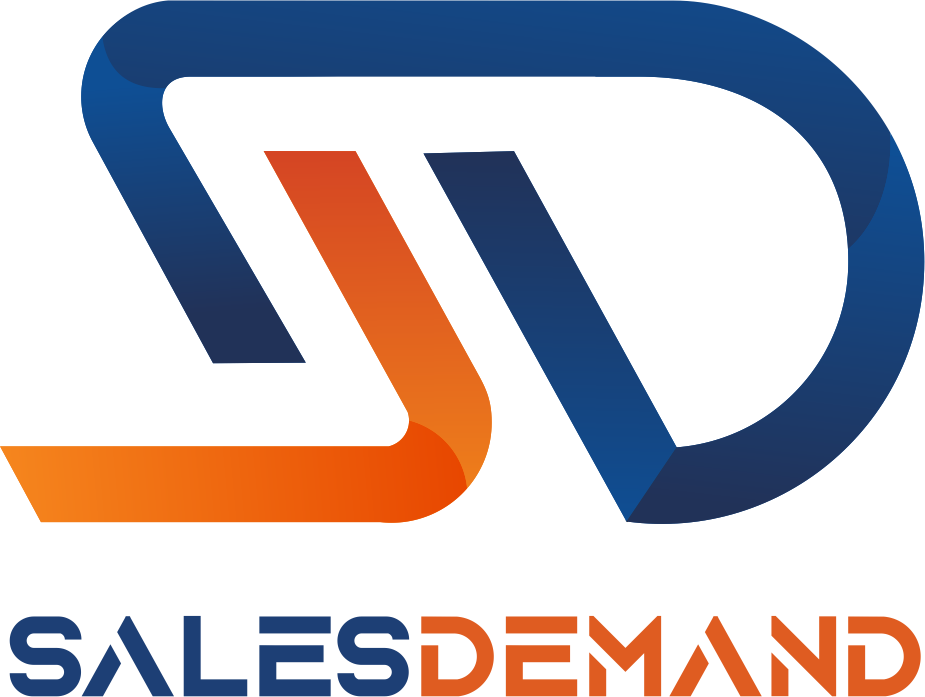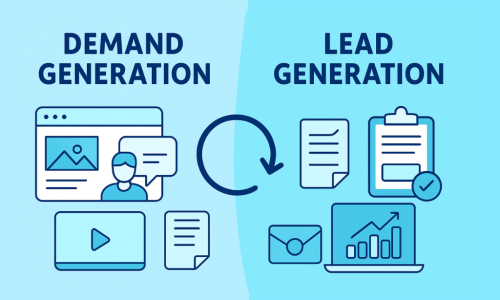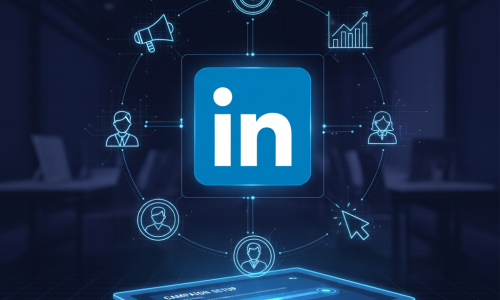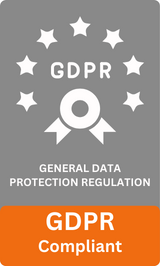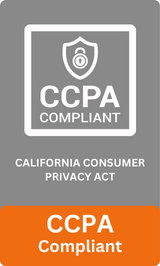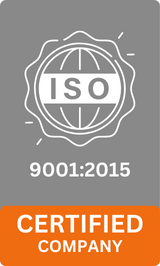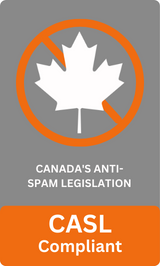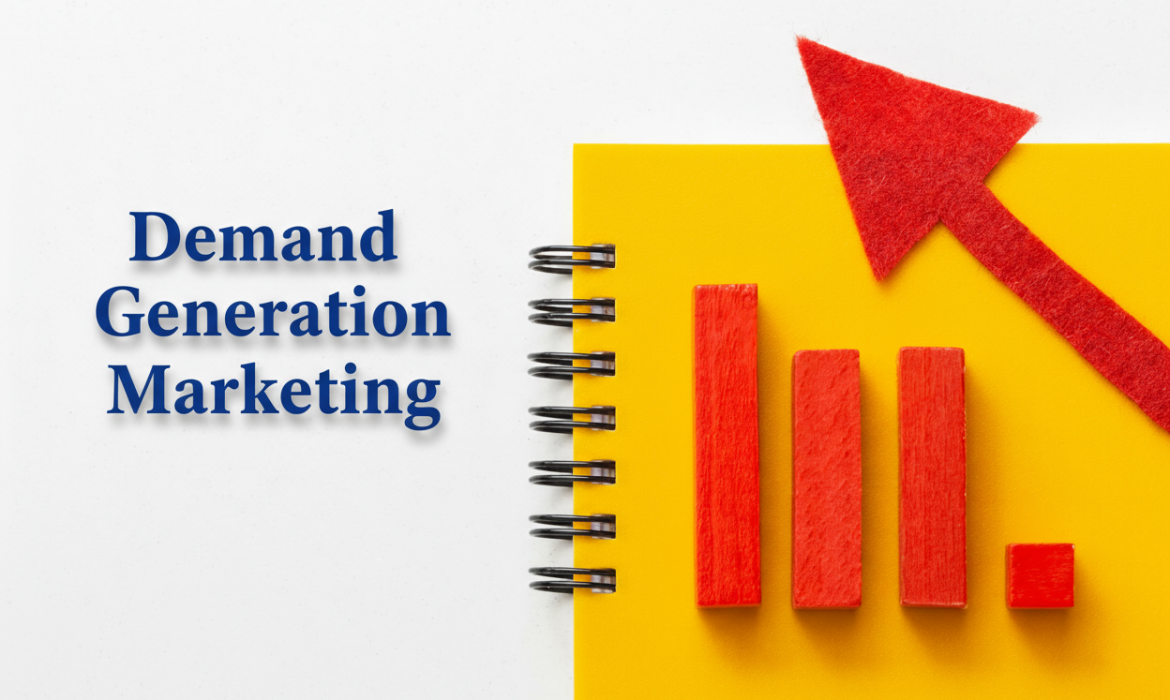
Did you know that 70% of B2B buyers research online before ever speaking to a sales representative?. In today’s digital-first landscape, decision-makers are consuming blogs, case studies, podcasts, and webinars long before they even consider filling out a demo form.
This shift in buyer behavior explains why businesses are no longer satisfied with traditional lead generation alone. What they need is a strategy that not only captures leads but also creates market awareness, builds trust, and generates demand over time.
That’s where Demand Generation Marketing comes in.
In this blog, we’ll answer the most pressing questions about demand generation marketing – from what it is, why it matters, how it differs from lead generation, to strategies, metrics, and FAQs. By the end, you’ll have a clear roadmap to make demand generation work for your business.
Table of Contents
Toggle1# What is Demand Generation Marketing?
At its core, Demand Generation Marketing is the practice of building awareness and interest in your product or service long before a potential buyer is ready to purchase.
Think of it as storytelling + problem-solving + trust-building. Instead of pushing for immediate conversions, demand generation nurtures curiosity, educates prospects, and positions your brand as the obvious choice when the buyer finally decides to act.
For example, a SaaS company offering project management software may not immediately sell subscriptions. Instead, it might publish blog posts on remote team collaboration, host webinars on productivity, and share industry benchmarks. This attracts the right audience, educates them, and keeps the brand top-of-mind until they’re ready to buy.
2# Why is Demand Generation Marketing Important Today?
B2B buyers are overwhelmed. Every day, they’re bombarded with ads, emails, and cold calls. What they crave isn’t more sales pitches but authentic value.
Here are three reasons why demand generation marketing is essential:
- Shifting buyer journey: According to Gartner, buyers spend only 17% of their time meeting with suppliers when considering a purchase. The rest is spent doing independent research. If you’re not visible during that research phase, you’re invisible.
- Longer B2B sales cycles: Complex purchases take months, sometimes years. Demand generation keeps your brand relevant throughout that journey.
- Trust drives decisions: Edelman’s Trust Barometer shows that 81% of buyers need to trust a brand before buying. Demand generation builds that trust through consistent, value-driven engagement.
3# How is Demand Generation Marketing Different from Lead Generation?
This is one of the most common questions. While both are connected, they’re not the same.
| Aspect | Demand Generation Marketing | Lead Generation |
|---|---|---|
| Focus | Building awareness & interest | Capturing contact details |
| Timeline | Long-term relationship building | Short-term conversions |
| Tactics | Content, thought leadership, brand storytelling | Forms, landing pages, gated eBooks |
| Buyer Stage | Early awareness of education | Mid to late buying stage |
Simple analogy: Demand generation is like preparing the soil – educating and nurturing it. Lead generation is planting the seed when the soil is ready. You need both, but without healthy soil (demand), seeds (leads) won’t grow.
4# What are the Core Pillars of Demand Generation Marketing?
To make demand generation effective, businesses need to focus on five pillars:
- Content and Education
- Blogs, guides, case studies, podcasts, and webinars that address customer pain points.
- Example: A cybersecurity firm publishing a free guide on “Top 10 Threats for 2025.”
- Brand Awareness & Distribution
- Building presence where your audience spends time – LinkedIn, industry forums, or niche podcasts.
- Paid ads and SEO amplify reach.
- Lead Nurturing & Workflows
- Automated yet personalized email sequences.
- Drip campaigns that share value rather than spam promotions.
- Sales & Marketing Alignment
- Shared goals, definitions, and data between teams.
- Example: agreeing on what qualifies as a “marketing qualified lead” (MQL).
- Measurement & Optimization
- Track not just leads, but engagement, brand lift, and pipeline influence.
- Use metrics to refine strategies continuously.
5# Which Strategies Work Best for Demand Generation Marketing?
Let’s answer some strategy-focused questions.
What role does content marketing play?
Content is the engine of demand generation. Educational blogs, videos, and reports help prospects identify problems and learn solutions. Content isn’t about selling; it’s about helping.
How do social media and communities drive demand?
B2B buyers spend hours in digital communities (LinkedIn groups, Slack channels, Reddit forums). By being active there, brands can engage authentically. Social media also humanizes your brand.
Why is account-based marketing (ABM) effective?
ABM focuses on high-value accounts with personalized campaigns. For instance, instead of targeting 1,000 random leads, you design campaigns for 50 key companies that fit your ICP (ideal customer profile). This ensures higher ROI.
How do paid and organic efforts work together?
Paid ads boost visibility fast, while SEO builds organic credibility long-term. Together, they balance demand creation (awareness) and demand capture (converting existing intent).
Should you use webinars, podcasts, and events?
Absolutely. Interactive formats like webinars and events allow real-time education and relationship-building. They also generate engagement metrics that guide sales outreach.
6# How to Build a Demand Generation Marketing Framework?
Here’s a roadmap, broken down into key questions:
- How do I define my ICP?
Interview customers, analyze CRM data, and identify common traits (industry, job role, challenges).
- Which channels should I prioritize?
Start with where your audience spends time: LinkedIn, industry newsletters, and SEO. Add paid campaigns later.
- How should I plan content distribution?
Repurpose one piece into multiple formats. Example: A whitepaper can become blogs, LinkedIn posts, infographics, and a webinar.
- What should I measure?
Don’t just count leads. Measure content engagement, brand mentions, pipeline impact, and customer lifetime value.
7# What Metrics Should You Track in Demand Generation Marketing?
Metrics should capture both early signals (leading indicators) and business results (lagging indicators).
- Leading indicators:
- Website traffic growth
- Content downloads (even ungated)
- Social media engagement
- Webinar registrations
- Lagging indicators:
- Marketing-qualified leads (MQLs)
- Pipeline growth
- Conversion rates (MQL → SQL → Customer)
- Customer lifetime value (CLV)
8# What Are Common Mistakes in Demand Generation Marketing & How to Avoid Them?
- Focusing only on gated content: Not every asset should be behind a form. Give away value upfront.
- Over-reliance on paid ads: Paid boosts reach, but organic content builds credibility and sustainability.
- Ignoring sales & marketing alignment: Without collaboration, even strong demand fizzles out.
- Not tracking the right metrics: Vanity metrics (likes, views) don’t equal revenue. Tie marketing to pipeline outcomes.
- Expecting instant results: Demand generation is a marathon, not a sprint. Give campaigns time.
Conclusion
The short answer: yes. Buyers today want brands that educate, engage, and build trust – not just sell. Demand generation marketing ensures your business stays relevant throughout the buyer journey, driving not just leads but sustainable growth.
For B2B organizations like yours, especially in competitive tech and SaaS spaces, investing in demand generation marketing is no longer optional – it’s a growth strategy.
At Sales-Demand, we help businesses design and execute demand generation strategies that align marketing with sales, drive awareness, and generate revenue-ready opportunities.
FAQs
- Is demand generation only for enterprise businesses?
No. Small and mid-sized companies can benefit by building trust and visibility in their niche. - What is the purpose of demand generation?
To build awareness, educate potential buyers, and create long-term interest that drives qualified opportunities. - How to increase demand generation?
Use data-driven campaigns, personalized content, intent data, and multi-channel strategies to reach and engage buyers. - Does demand generation replace lead generation?
No, they complement each other. Demand gen creates awareness, while lead gen captures that awareness. - How long does it take to see results?
Typically 3–6 months, depending on industry and investment. It’s a long-term play. - How can small businesses implement demand generation on a budget?
Focus on content marketing, SEO, and community engagement. Leverage organic channels before investing heavily in paid ads. - What is the difference between Demand Generation and Lead Generation?
Demand generation focuses on creating awareness and interest, while lead generation captures and qualifies prospects for sales. - What is the difference between demand creation and demand capture?
- Demand creation: educating and generating awareness where none exists.
- Demand capture: converting existing intent into leads or sales.
Contact us today to explore how we can power your demand engine.
